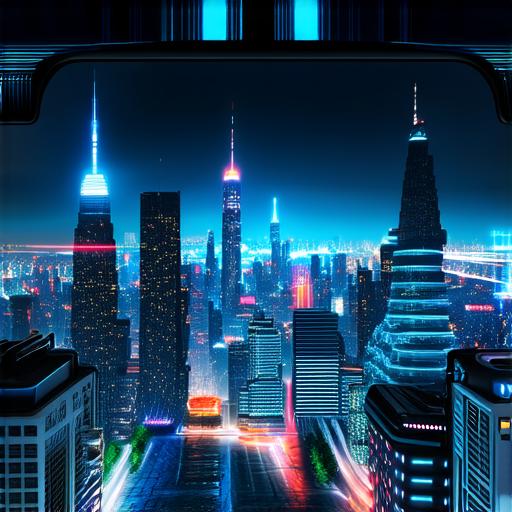
What does experiencing virtual reality feel like?
Virtual reality (VR) is an emerging technology that has the potential to revolutionize the way we interact with digital content. By creating immersive environments that simulate real-life experiences, VR enables users to explore new worlds and engage in activities they may not be able to do otherwise.
Sensory Overload: The Sensations of Virtual Reality
One of the most notable aspects of virtual reality is the sheer amount of sensory input it provides to the user. When you put on a VR headset, you’re immediately transported into a new environment that stimulates your senses in ways you never thought possible.
The visuals are incredibly realistic, with high-resolution displays that create a sense of depth and perspective. The audio is equally impressive, with 3D sound that seems to come from all around you.
But it’s not just the visuals and audio that make virtual reality so immersive. The haptic feedback provided by VR devices can also enhance the experience.
For example, if you’re in a virtual environment that simulates water, the haptic feedback may provide a sensation of wetness to your skin. Similarly, if you’re in a virtual environment that simulates gravity, the haptic feedback may provide a feeling of weightlessness.

Emotions Run High: The Emotional Impact of Virtual Reality
Virtual reality has been shown to have a profound emotional impact on users. Studies have found that VR experiences can induce feelings of fear, awe, and even sadness.
For example, a study conducted by researchers at Stanford University found that participants who experienced a virtual roller coaster ride reported feeling more afraid than those who rode a real roller coaster.
Research has shown that VR experiences can induce feelings of empathy and compassion. By allowing users to experience the world from different perspectives, VR can help people develop a deeper sense of compassion for those who have been forced to flee their homes.
Real-Life Examples: Case Studies of Virtual Reality in Action
Virtual reality is already being used in a variety of fields, from gaming and entertainment to education and healthcare.
One example of virtual reality in action is the use of VR in medical training. By providing doctors with immersive simulations of surgical procedures, VR can help them develop their skills and reduce the risk of errors during real-life operations.
Another example is the use of VR in education. Virtual reality can provide students with immersive experiences that help them learn about history, science, and other subjects in a more engaging and interactive way.
For example, a virtual reality experience that simulates the solar system could help students develop a better understanding of astronomy.
The Future of Virtual Reality: Where It’s Heading Next
Virtual reality is still a relatively new technology, but it’s already having a profound impact on the world. As research and development in VR continue to advance, we can expect to see even more immersive and realistic experiences.
For example, advances in haptic feedback technology could allow users to feel even more immersed in virtual environments. Similarly, improvements in eye-tracking and facial recognition technology could enable VR systems to better track the user’s movements and responses.
In conclusion, experiencing virtual reality is a truly unique and immersive experience that can have profound emotional and psychological effects. Whether you’re using it for gaming, education, or medical training, virtual reality has the potential to revolutionize the way we interact with digital content. As the technology continues to evolve, we can expect to see even more exciting and innovative applications of VR in the future.


